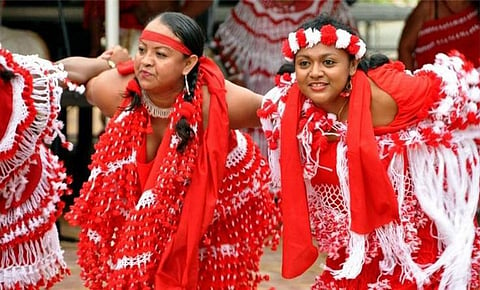During the 17th and 18th century, most of the plantation work was fueled by slaves from Africa. Throughout the 19th century, the process of abolition of slavery was gaining momentum in the European colonies of West Indies. The Dutch government worried that the slaves would refuse to work once given a choice like it was happening in other places. There worries did come true, slavery was finally abolished in Suriname in 1863. The Dutch government faced shortage of plantation workers and approximately 90 percent of plantations were closed. After much resentment, Britain finally agreed to provide recruitment rights for Indian laborers to Suriname in 1870. The Dutch government started importing large number of workers from India as contract laborers; they set up recruitment stations in India where workers were interviewed, underwent health checkups and signed the documentations that they were going as per their own will and will wait to be transported back. The workers were brought through ships; each ship had a doctor on board, to make sure that the immigrants look best upon their arrival. The doctors urged them to rub and massage themselves using mustard oil.


